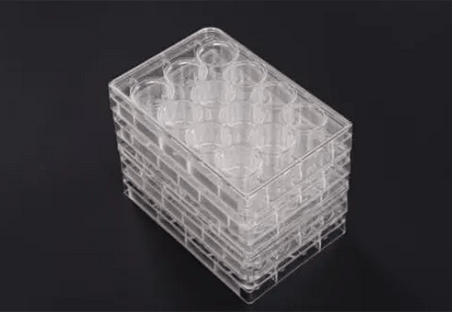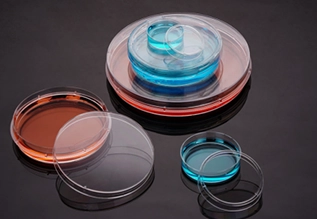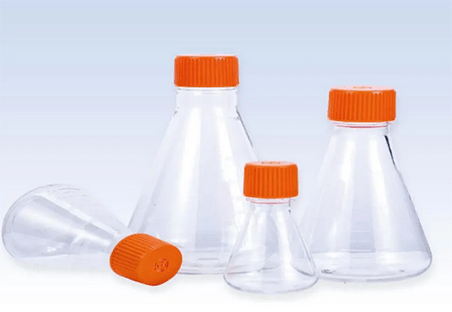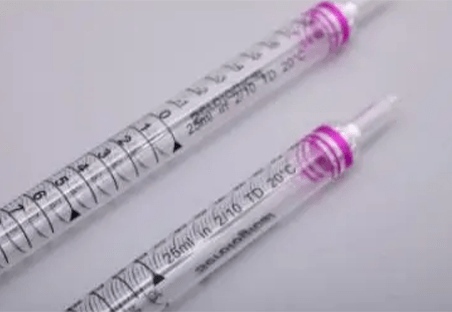Cell culture flasks are essential tools in the field of biology and biotechnology, providing a controlled environment for the growth and maintenance of cells outside their natural habitat. These flasks come in various sizes and designs, each tailored to specific research needs. In this article, we will explore the different sizes of cell culture flasks and address some commonly asked questions about their use.
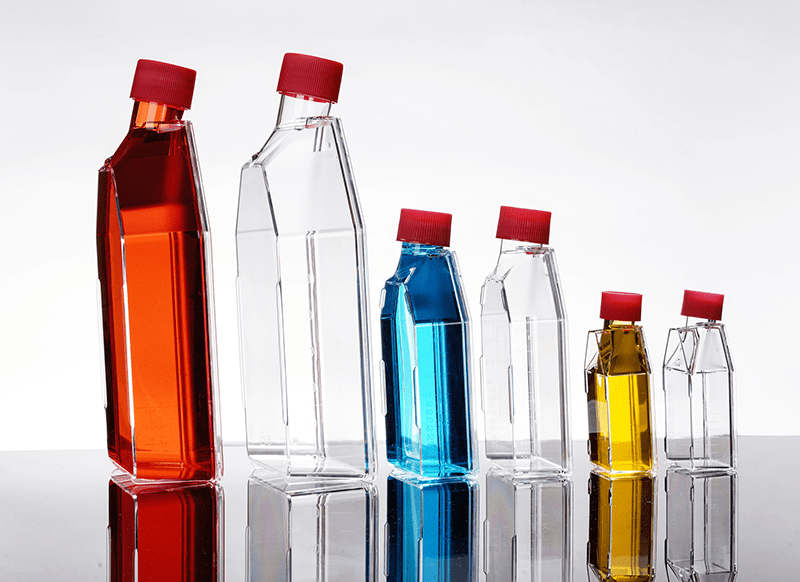
What are the Cell Culture Flasks?
1. Cell CultureFlask Sizes
Cell culture flasks come in a variety of sizes, typically ranging from 25 cm² to 180 cm², from small vessels suitable for laboratory-scale experiments to larger flasks used in industrial-scale production. The most common sizes are:
- T25 Cell Culture Flasks: With an approximate surface area of 25 square centimeters, these flasks are ideal for small-scale experiments or when working with limited cell quantities. Their compact size makes them a go-to choice for initial exploratory studies.
- T75 Cell Culture Flasks: Boasting a surface area of about 75 square centimeters, T75 flasks offer more space for cell growth. They are commonly employed for routine cell maintenance, striking a balance between capacity and manageability.
- T175 Cell Culture Flasks: Stepping into the realm of larger flasks, T175 flasks present a surface area of 175 square centimeters. These are well-suited for scaling up cell cultures, accommodating a higher number of cells and facilitating increased yields.
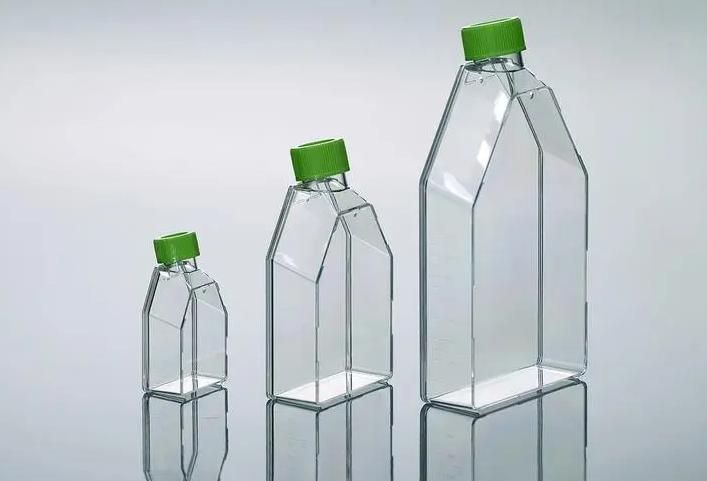
2. Common Features
Regardless of size, cell culture flasks share common features to support optimal cell growth. These include ventilation caps to allow gas exchange, a sterile environment to prevent contamination, and a flat or roller surface to facilitate cell attachment and proliferation.
3. Material Composition
Cell culture flasks are typically made from polystyrene, a material known for its transparency, durability, and compatibility with various cell types. Some flasks may have additional coatings, such as collagen or poly-D-lysine, to enhance cell adhesion.
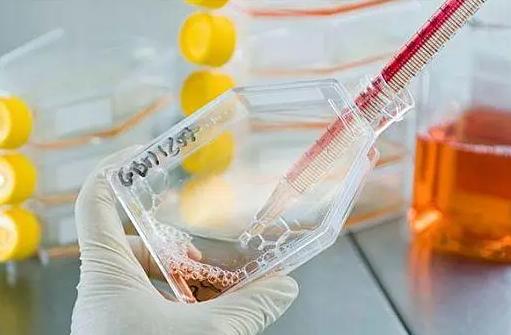
5 Frequently Asked Questions
Q1: Is a 25 cm² flask the same as a T25 flask?
A1: No, a 25 cm² flask is not necessarily the same as a T25 flask. While both have a nominal growth area of 25 cm², the actual usable area can differ slightly depending on the manufacturer and flask design. T25 flasks typically have a more defined growth area and are considered the standard size for this category.
Q2: What is the best flask size for adherent cells and suspension cells?
A2: For adherent cells, the best flask size depends on the cell type and desired cell density. Generally, adherent cells prefer a smaller surface area per cell for optimal attachment and spreading. T25 flasks are a good starting point for most adherent cell lines, but you may need to adjust based on your specific needs. For example, some fast-growing adherent cells might do well in a T75 flask, while slower-growing cells might struggle in a larger flask.
Suspension cells are less dependent on surface area and can often tolerate a wider range of flask sizes. However, it’s still important to avoid overcrowding. T25 and T75 flasks are commonly used for smaller-scale suspension cell cultures, while larger flasks like T175 or cell stacks can be used for larger volumes.
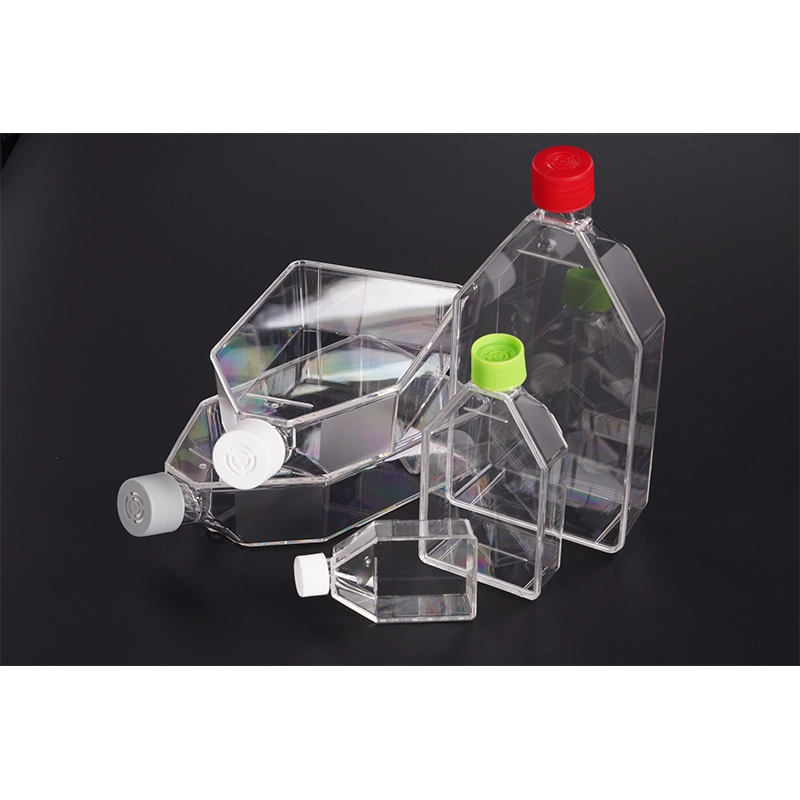
Q3: Can I use a larger flask for a smaller number of cells or can I use a smaller flask for a larger number of cells?
A3: Yes, you can technically use a larger flask for a smaller number of cells or use a smaller flask for a larger number of cells, but it’s not ideal and may be detrimental to cell health. Cells may not grow as well or are evenly distributed in a sparsely populated flask, and it can be wasteful of media and space. It’s best to choose a flask size that provides adequate surface area for your desired cell density. Overcrowding can lead to cell stress, nutrient depletion, and reduced viability. It’s important to maintain proper cell density for optimal growth and avoid overcrowding even if you need to use multiple smaller flasks.
Q4: Can cell culture flasks be reused, and what precautions should I take to prevent contamination?
A4: Reusing flasks is generally discouraged to prevent contamination and ensure experimental reproducibility. Cell culture flasks are designed for single use to maintain a sterile environment. Preventing contamination needs following aseptic techniques, working in a laminar flow hood, using sterile media, and handling flasks in a clean environment. Additionally, regularly inspect and discard flasks showing signs of wear or damage.
Q5: How do I select the appropriate size for my experiment, and what factors influence cell culture flask prices?
A5: The choice of flask size hinges on the required cell quantity and the scale of your experiment. Smaller flasks like T25 or T75 are apt for routine maintenance, while larger counterparts like T175 or T225 are preferable for scaling up. Cell culture flask prices can be influenced by factors such as material composition, additional coatings, and brand reputation. Lab consumables suppliers can provide a range of options to suit different budgetary constraints.
Conclusion
In conclusion, understanding the different sizes and features of cell culture flasks is crucial for successful cell culture experiments. By choosing the right size and following proper handling procedures, researchers can ensure optimal cell growth and maintain the integrity of their experiments. As the field of biology and biotechnology continues to advance, the versatility and precision offered by cell culture flasks remain indispensable for groundbreaking research.
